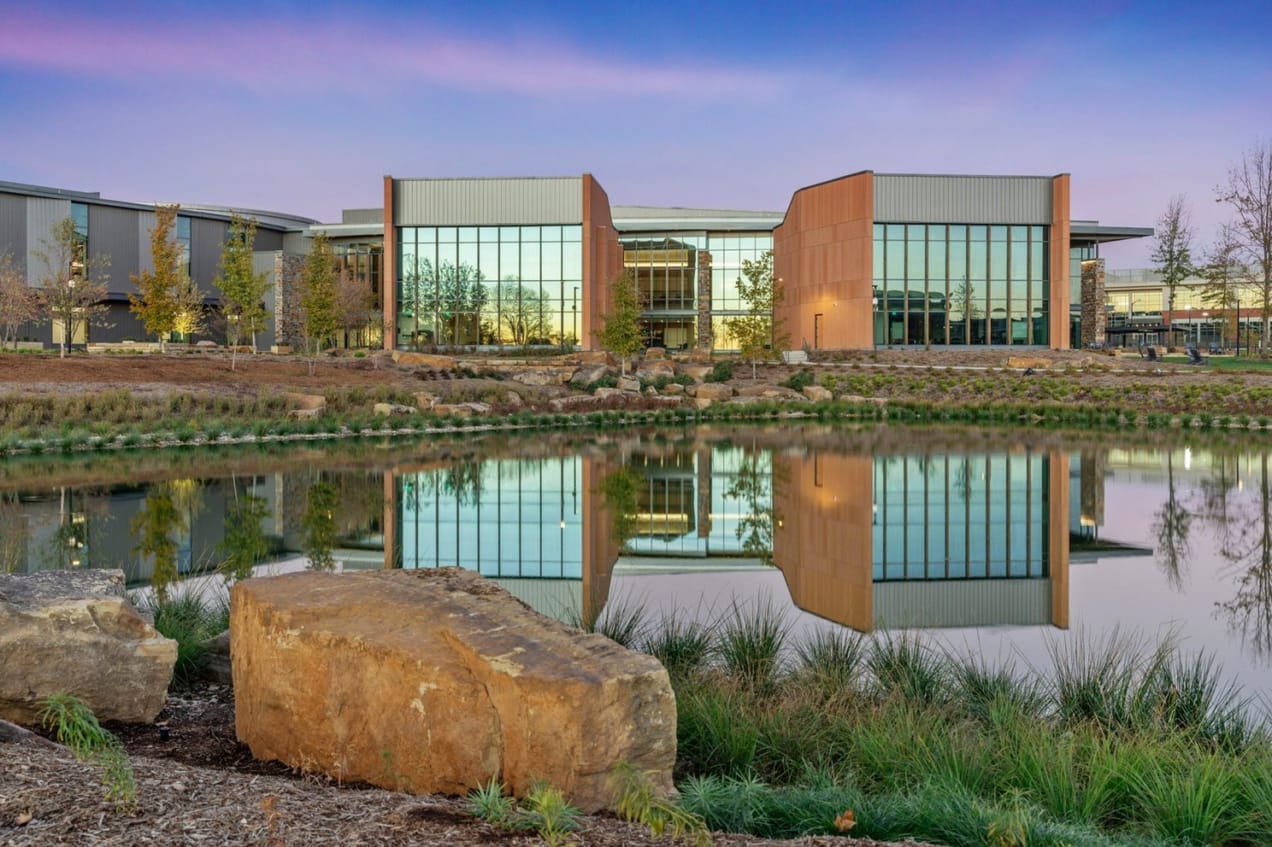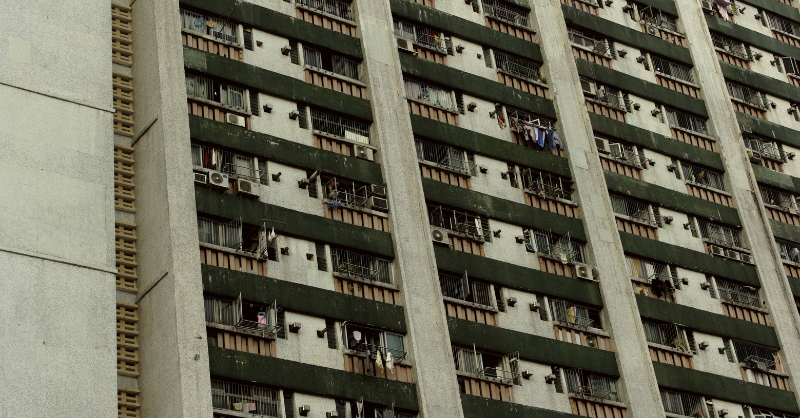
Creating sustainable cities
There is more to this than just selecting the right 'technology' and finding the finance. If we don't take the local community with us, then our investments run the risk of failing.
There is more to this than just selecting the right 'technology' and finding the finance. If we don't design solutions for the specific challenge of that place, and if we don't take the local community with us, then our investments run the risk of failing. This isn't just about a just transition, as important as that is, it's also financial common sense.
This is a What Caught Our Eye story - highlighting reports, research and commentary at the interface of finance and sustainability. Things we think you should be reading, and pointing out the less obvious implications. All from a finance perspective.
It's free to become a member ... just click on the link at the bottom of this blog or the subscribe button. Members get a summary of our weekly posts, including What Caught Our Eye and Sunday Brunch, delivered straight to your inbox. Never miss another blog post !
Advancing Just Transitions in the Built Environment
This was the title of a recent report from the Institute of Human Rights and Business. Their starting point was simple.
There is an urgent need to reduce the emissions generated by buildings and construction, which are negatively affecting countless communities around the world. However, while some decarbonisation initiatives are reducing inequalities, others are leaving communities behind, generating greenlash - pushback to green initiatives - which costs valuable time, and money, and hinders the transition.
It doesn't matter if your starting point is equality and a just transition, or if it's a desire to encourage sustainable economic development, or it's to build infrastructure that generates a fair financial return while helping communities. You all have an objective in common. How do we get this project to work in a timely fashion, and in a way that generates a fair financial return?
Which is where social licence comes in. We already talk a lot about the importance of social licence in mining. How without it it's incredibly hard to get projects built. It's the same for all sorts of infrastructure - including creating sustainable cities.
But what does this mean in practice?
A practical example - Melbourne Australia.
I picked Melbourne from the examples in the report, as it's a city I know well. And while Australia is an affluent country, its cities share some common ground with middle income cities around the world. Housing in Australia is in short supply, often unaffordable, and not very energy or resource efficient. The residential sector is responsible for 30% of CO2 emissions in the State of Victoria (Melbourne is the state capital). Outside the city centre, Melbourne a massive sprawl, and 46.5% of residents have to drive to work.
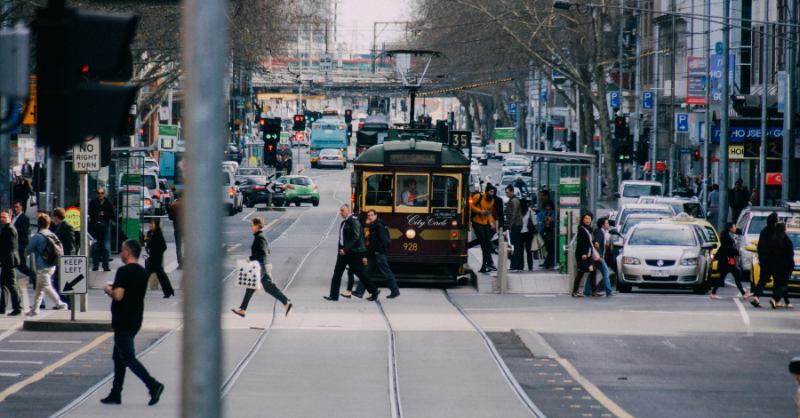
The report also looked in detail at cities as diverse as Lagos, Lisbon, Athens, Copenhagen and Jakarta.
So, what were some of their practical recommendations (there is a longer list in the report). The first one will be familiar to regular readers.
Refurbishing for energy efficiency: Small-scale improvements such as solar panels, efficient hot water systems, sealing doors and windows, insulation and ceiling fans should not be underestimated in the impact they can make towards sustainable living.
Why is this a challenge? It's simple - cost and disruption. And, in Melbourne, a state wide policy of “demolition, relocation and rebuild". And you will already know what we think about refurbishment vs demolish !
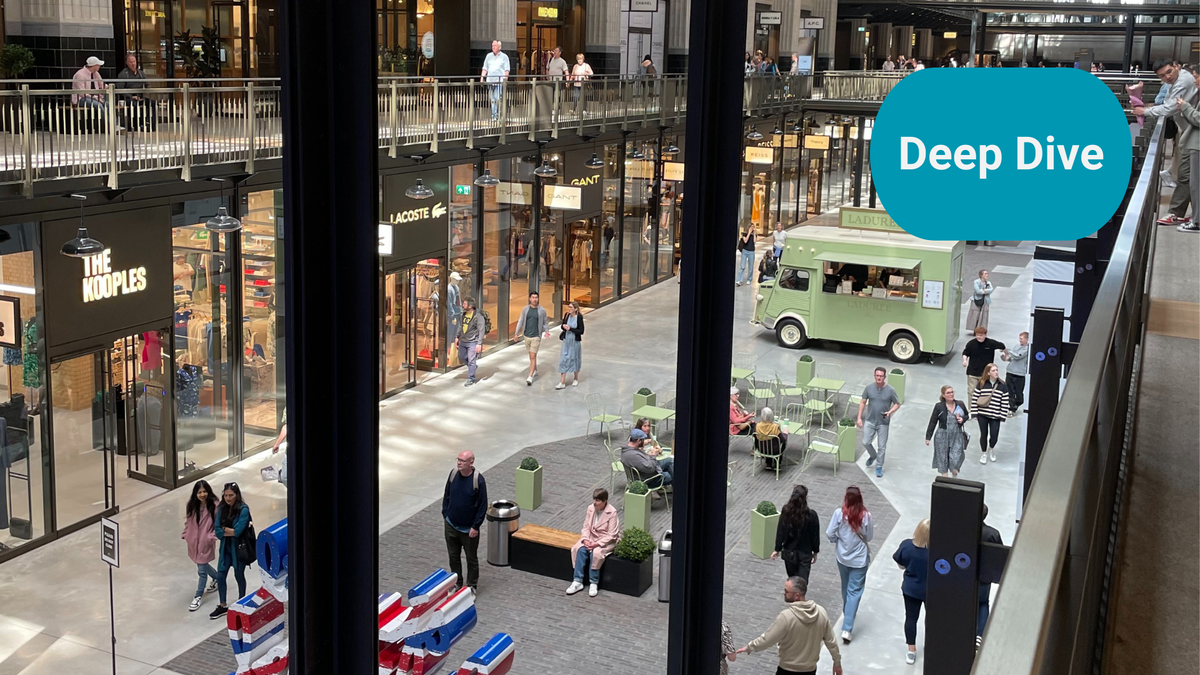
The costs of retrofitting can contribute to socio-economic disparities, as the main beneficiaries of energy improvements to date have been the typically more advantaged population groups such as homeowners. Renters often have little control over installing solar panels or other energy improvements, and are therefore more likely to pay more for their electricity use.
One solution that the report highlights is the Retain, Repair, Reinvest (RRR) Framework by Office Architects. This is a framework for assessing the refurbishment potential of existing public housing, seeking to reduce carbon emissions from building processes and recognising housing as a basic human right. Put simply it's about keeping communities in their neighbourhoods (Retain), refurbish existing buildings rather than demolish and rebuild (Repair), and then put the savings made back into improving comfort and upgrading public housing (Reinvest). We should not forget the need to make refurbishment affordable for lower income groups.

Such approaches are not only better for the environment, they make it easier to get community buy-in, meaning they are more likely to happen.
But without trained workers, none of this work would take place. So, another recommendation is about training.
Recruiting and re-skilling construction workforce: Refurbishing and retrofitting housing will require re-skilling construction workers and the recruitment of new ones. Australia, in common with many other countries, already has a shortage of skilled construction workers, with the Federal Government estimating a shortfall of over 100,000 workers.
And in thinking about training, let's think more widely. Construction is the most male dominated sector in Australia, and so actions to attract and retain women are important. This must include removing barriers to women’s employment in the sector including mandating employers to prevent sexual harassment and discrimination. Plus simple changes such as introducing a five-day work week with reduced work hours, provisions for childcare, pregnancy, and parental leave. As the report highlights this transformation requires changes in training, materials production, logistics, and policy-making. Wishing things to be different is not enough. But the payback can be material.
For this blog we have only been able to just scratch the surface of what can be done to advance the just transition in our built environment, and ensure that projects actually happen, rather than get bogged down. And as we said at the start, these measures are often financial common sense as well. No investor wants their project delayed or even halted due to community objections.
And legislating away people's rights is not the answer. The political backlash can be severe and set back progress for years. And while we talk a lot about the impact of social licence on mining, it's just as relevant to other infrastructure.
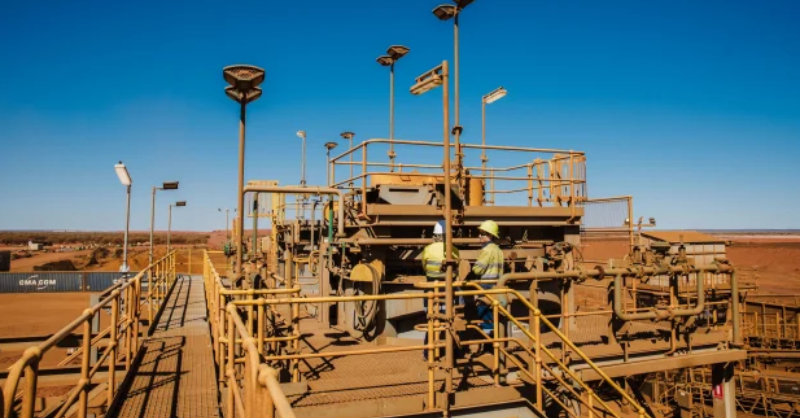

Please read: important legal stuff.


